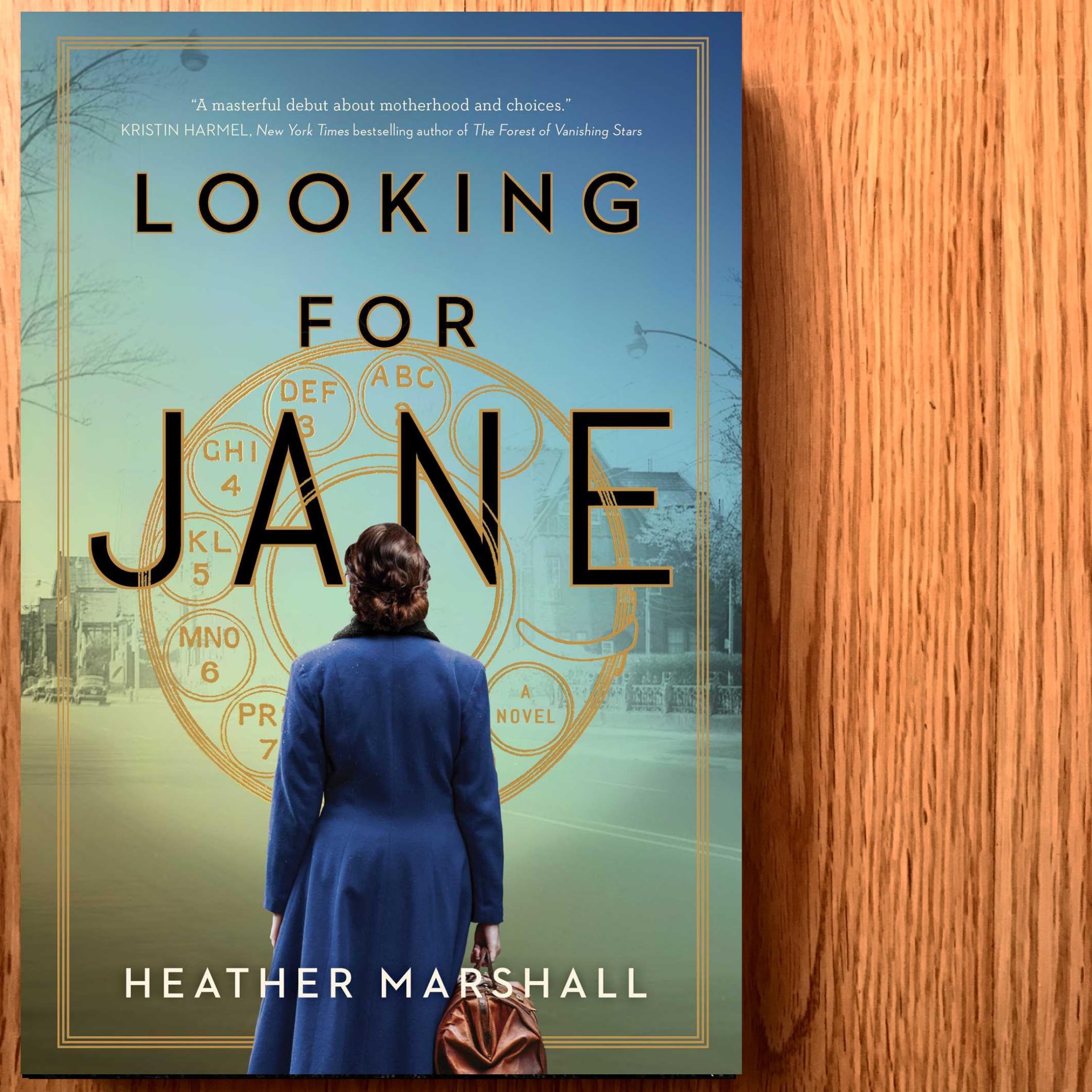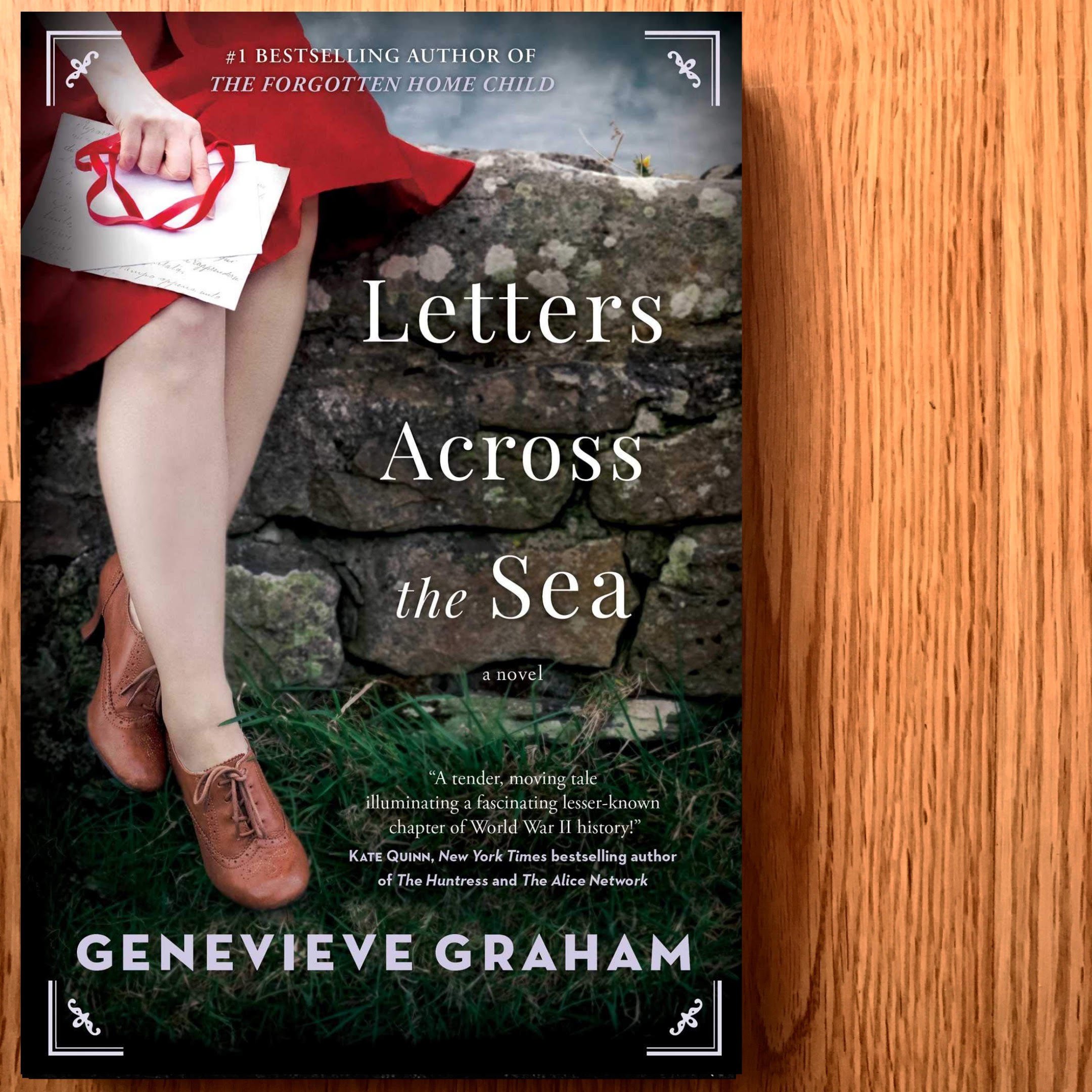I grew up in Toronto, where Looking for Jane is set, and I love being able to place myself in the shoes of the characters because I know the locations. Did you walk down the same streets your characters walked during the writing process? What about this location spoke to you?
This is a great question! I’m very familiar with the city, so it was easy to picture (or walk) the routes and locations described in the book. I really wanted it to feel like it was Toronto, not just any big city, which was why I included a lot of specific references to places like Massey Hall and Fran’s Diner. Although some landmarks have stayed pretty much the same (like the paths through Queen’s Park), the fun part of writing Toronto in the historical fiction genre was getting to do research on things like what the Sam the Record Man sign looked like in 1981 when Nancy is walking past it, because it changed a few times over the years.
Did you know from the beginning the way Evelyn, Nancy, and Angela’s stories would intertwine or did parts/characters come to you as you were writing? What was your process for writing this story?
So writers fall into two categories: plotters, who plan everything out in meticulous detail from the beginning (often utilizing impressive spreadsheets), and ‘pantsers’ who fly by the seat of their pants and figure it out as they go, scribbling down random ideas on napkins and the note app on their phone while they’re in the grocery line. As much as I would love to be a plotter (and have tried, and failed spectacularly), I’m definitely a pantser! But I find it allows for more flexibility in the creative process, because oftentimes while I’m writing, a new plot or character idea will occur to me and I like to have room to incorporate those new ideas as the story unfolds. With that said, with Looking For Jane, the last scene/chapter/line was one of the first things that came to me when I was thinking about writing this book, and one of the first segments I wrote. So I did know how it was going to end, and I sort of worked my way backward from there, interweaving Evelyn, Nancy, and Angela’s stories as organically as possible.
Are parts of yourself written into any of the protagonists? As I’ll mention later, many women can identify with your characters, who do you identify closest with?
Funnily enough, I don’t *think* there is a lot of me in those characters, because with this book I very much felt like I was a scribe for other women’s stories. If I had to pick, I would probably say Angela. I can relate to her burning desire to get pregnant, and I think I also have a nosy/stubborn streak like she does. If I had found a letter with that kind of a confession in it, I know I wouldn’t have been able to just let it go, either! I would have needed to find the recipient.
Was there anything you discovered while researching for this book that you found to be particularly shocking, intriguing, or surprising? What piece of information helped shape your story?
I had done some academic papers on the history of abortion access in Canada in the years leading up to the 1988 Supreme Court decision that decriminalized it in Canada, so as much as those stories were appalling, I was not *shocked* by them. The most shocking research for me was the maternity home system. I had only ever heard about ‘homes for unwed mothers’ in a very vague sort of way, and hadn’t thought much about it. But when I dug into that research and learned what those women (girls) had gone through, it was beyond heartbreaking. I couldn’t believe this was never in my history books, and I knew I wanted to shed some light on it. But it was an incredibly emotional research process, and I tried to make sure I was depicting their experiences as accurately as possible. I wanted to do it justice.
You've written a story that many women will be able to identify with, either from shared experience or family history, was this your goal when you started writing Jane or did it occur organically?
I knew I wanted to tell a story about the history of women’s reproductive rights in Canada over the past several decades, and then the book and its messages developed from there. I really wanted to show the evolution of how far we’ve come, and in some ways how far we still have to go, which was why I decided to do this sort of sweeping story that covered several decades. And I think that’s one of the reasons the book has resonated so much, because for women of almost any age, there is at least one part of this story that occurred during their lifetime/formative years, so they can really put themselves in the shoes of these characters. A lot of the experiences and struggles, in one way or another, are quite universal.
Has your perception of the book changed now that you are a mother?
Absolutely. I wrote it before I was even pregnant, then was editing it while pregnant and when my baby was a newborn, and it hit so differently at that point. I have a much clearer view of what the girls at the maternity homes would have gone through, having their babies forcibly taken from them, and also how a woman might feel trapped if she was pregnant and didn’t want to be. As far as the research process went, though, I’m actually really glad I wrote it when I did, because I’m not sure I could have handled that research now that I’m a mother.
Are you currently working on another book? What can we expect next from you?
Yes! I’m just finishing up the first draft of my next novel, which is also historical fiction. I can’t say too much just yet, but it’s inspired by the life of a woman named Mona Parsons, who was the only Canadian civilian woman to have been sentenced to death and imprisoned by the Nazis during WWII. Her story also wasn’t in my history books, and it’s just incredible. I’m looking forward to shedding some much-deserved light on her life!
What advice would you give to aspiring authors who are trying to navigate the publishing world?
I know it’s so difficult, I’ve been there, but patience and perseverance are essential. Looking For Jane wasn’t actually the first book I wrote. I have another manuscript that will likely never see the light of day; it never got picked up by an agent (mostly because I didn’t do my market research beforehand, so be sure you do that, too!). If you’ve been pitching your manuscript to agents for a while and just aren’t getting any bites, come up with another idea and try again! It can be a really tough slog, and sometimes take years, and often it feels very hopeless, but if you’re determined enough, you can do it. Keep at it. Some of the best advice I got on the publishing process was from a writing instructor who told me “you only have to have two of three things: a great book, perseverance, and a bit of luck.” Take your time, and don’t rush the process. Research the market, research agents thoroughly to make sure you’re targeting the right ones, pay attention to the format in which those agents want your manuscript pitched to them, and keep trying! In the meantime, take writing courses and keep writing. The more you write, the better you get.
What is your “must-read” book recommendation and what book has had the most impact and influence on your writing?
Oh my gosh! What a question. If I had to pick just one, I would say All the Light We Cannot See by Anthony Doerr. It’s a Pulitzer Prize winning book for a reason. It is nothing short of a masterpiece. He has a way of capturing the human experience in a way I’ve never seen from any other author I’ve ever read; it’s so succinct while being gut-wrenchingly profound. If I could hone my talent to even one tenth of his, I would be satisfied. And as a writer, it’s good to read books that are so incredible that they leave you feeling inadequate! You’ll only get better at tennis if you play against someone who’s better than you.










